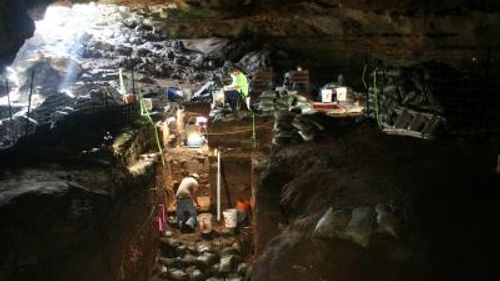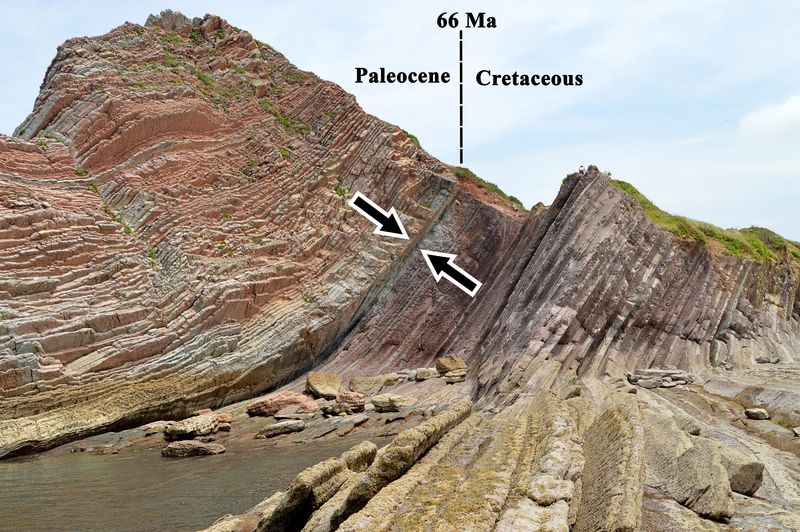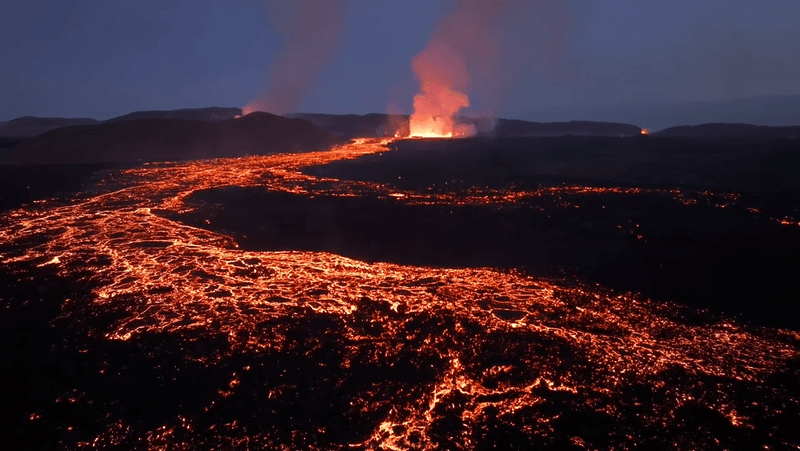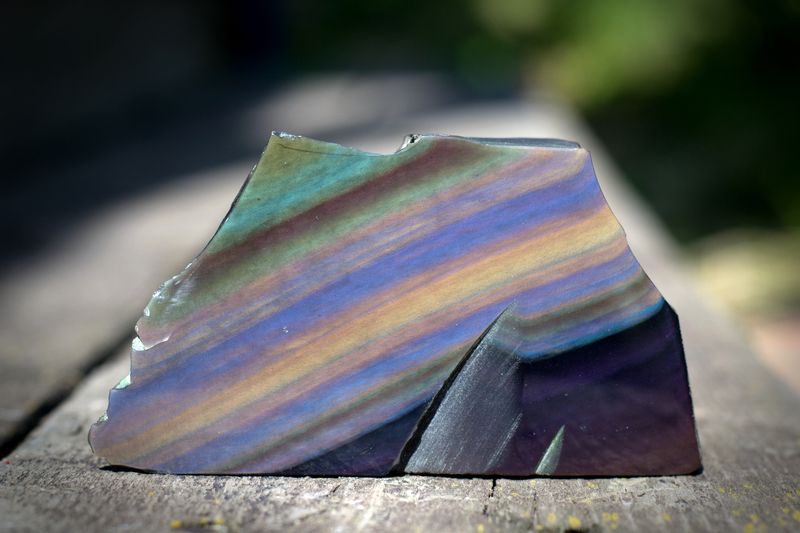Around 13,000 ago, the world was escaping the last ice age. Then, quite suddenly by normal climate standards, it plunged back. This was at a time when cycles in the Earth's orbit favored continued warming. Several recent studies have attributed the sharp cooling, known as the Younger Dryas, to a collision with a comet or asteroid. However, new evidence fits better with major volcanic eruptions.
Professor Alan Brandon of the University of Houston has been studying sediments from Halls cave in central Texas. Like many other places around the world, the cave preserves evidence of a fairly swift fall of about 3ºC (5.4ºF). However, Brandon reports in Science Advances the same sediments record something else: traces of rare metals he thinks come from volcanic eruptions. This is not the first time these metals, including osmium, iridium, and platinum, have been seen in deposits from the era, but previous researchers have placed their origins to outer space.
"This work shows that the geochemical signature associated with the cooling event is not unique but occurred four times between 9,000 and 15,000 years ago," Brandon said in a statement.
If the Younger Dryas’ cause was an asteroid, it would have been puny compared to the object that killed the non-avian dinosaurs. Nevertheless, it must still have been large enough to be very rare, not the sort of thing that would hit four times in 6,000 years.
Major volcanic eruptions, on the other hand, are like buses, you can go a long time without seeing one and then several come along together. That, together with osmium isotope ratios like those from some volcanic provinces, led Brandon and the paper's other authors to conclude volcanoes make much more sense than an asteroid or comet.
Volcanoes can have either a warming or a cooling effect on the planet's temperatures, depending on a variety of factors. Germany’s Laacher See volcano erupted around the start of the Younger Dryas, although most climatologists doubt it was large enough to cause such a massive event on its own. The other rare metal spikes may be associated with eruptions in the Aleutians and Cascades. The Younger Dryas event was preceded by two shorter temperature declines as the world moved out of the last glacial period, at least one of which may coincide with one of these metal spikes.
It’s still unclear whether the Laacher See eruption, with cooling sulfur dioxide similar to Mount Tambora, could have had the impact Brandon claims. However, with the Earth's climate delicately poised at the time, the authors think a temporary cooling that greatly expanded snow-cover and reflected more sunlight back to space might have had its effects magnified.
The Younger Dryas event is one of the greatest mysteries in paleoclimatology, along with Snowball Earth and the Palaeocene-Eocene Thermal Maximum, all of them dramatic changes in the Earth's temperature whose causes remain controversial. Although the asteroid/comet theory has been gaining support recently, the failure to confirm a crater (despite a candidate in Greenland) has left this as one of the topics capable of getting scientists really, really worked up.




